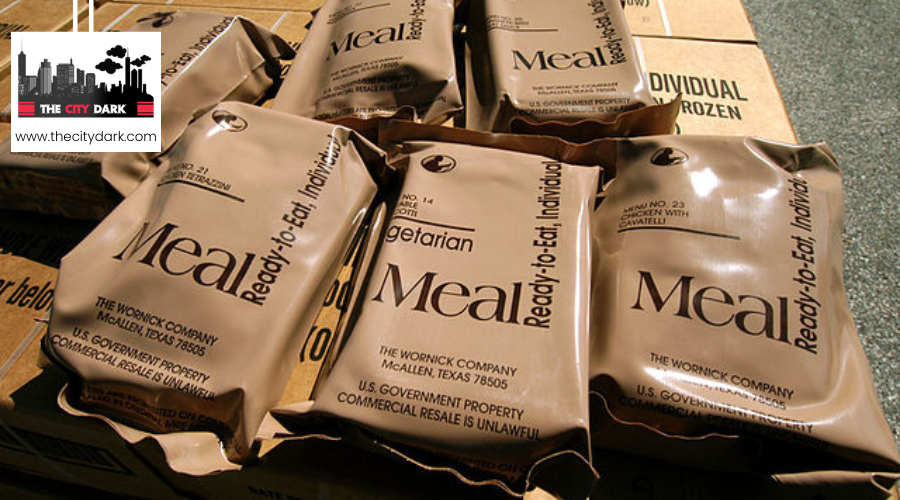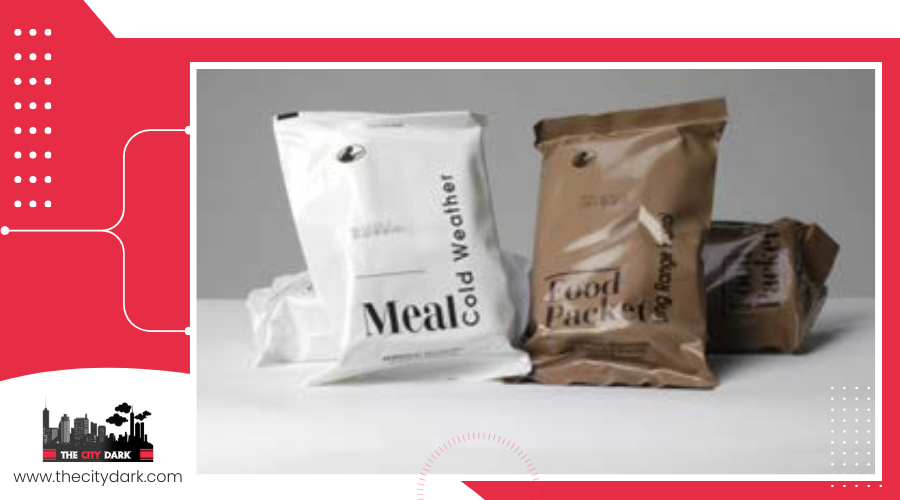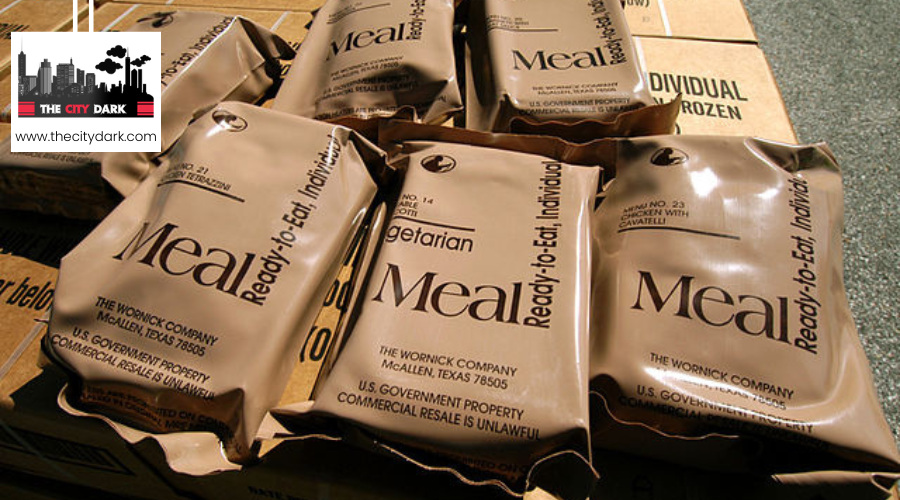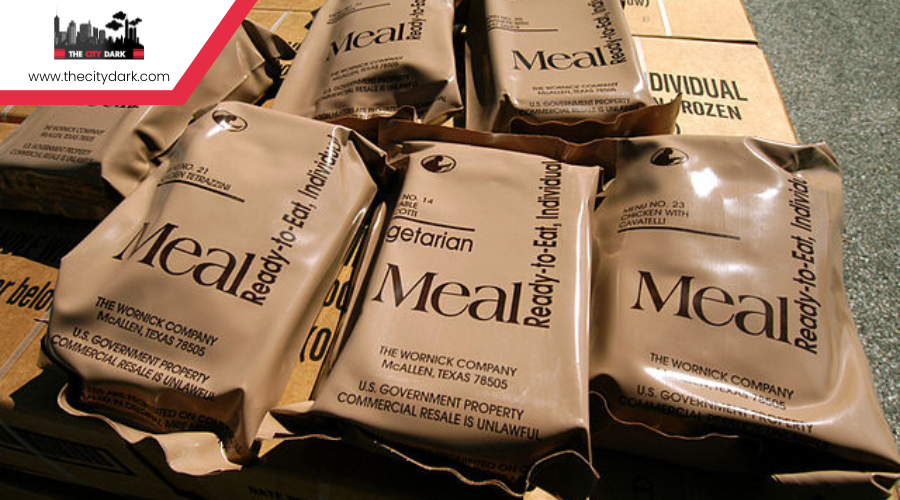Water Storage Barrels: What Size and Type Do You Need?
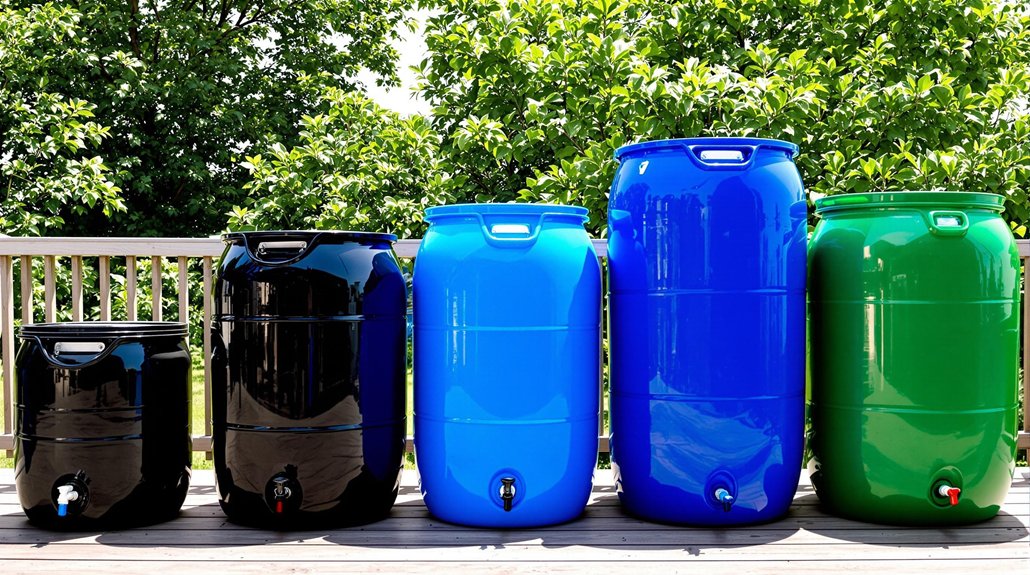
When it comes to emergency preparedness, water storage is one of the most important things you can plan for. Whether you're prepping for a natural disaster, supply chain disruption, or long-term self-reliance, having a reliable supply of clean water is essential.
That’s where water storage barrels come in—they're durable, reusable, and available in a range of sizes and materials to suit different needs. But with so many options out there, how do you know which type or size is right for you?
In this guide, we’ll break down the most common barrel sizes, the best materials to choose from, and key tips to help you store water safely and effectively.
| Barrel Size | Type | Capacity (Gallons) | Best For | Pros | Cons |
|---|---|---|---|---|---|
| Small Barrel | Plastic, Closed-Top | 15–30 gallons | Short-term use, small households, limited space | Portable, easy to move, fits in tight spaces | Limited capacity; needs frequent refilling |
| Standard Barrel | Plastic, Closed-Top | 55 gallons | Individual use or small family (2–3 people) | Common size, durable, manageable with proper equipment | Heavy when full (~460 lbs), needs handling equipment |
| Large Barrel | Plastic, Closed-Top or Open-Top | 60–80 gallons | Medium families, longer-term emergencies | Greater capacity, can connect to other barrels | Very heavy when full, harder to move |
| Rain Barrel | Plastic, Open-Top or Closed-Top | 40–80 gallons | Outdoor rainwater harvesting | Eco-friendly, good supplemental source | Needs filtration/treatment for drinking |
| Massive Storage Tank | Plastic or Metal, Closed-Top | 100–5,000 gallons | Long-term storage, community or rural use | High capacity, ideal for bulk needs | Expensive, requires large space, not portable |
Assessing Your Water Storage Needs
Before choosing a water storage barrel, it’s important to assess how much water you’ll actually need. Start by considering two key factors: household size and daily water usage.
As a general rule, each person requires at least 1 gallon of water per day for drinking, cooking, and basic hygiene. Based on this, a 55-gallon barrel can provide enough water for one person for about 55 days.
If you're planning for a family, you'll need to scale up. For example, a family of four would go through a 100-gallon supply in just about 25 days.
Also think about how long you want your supply to last—are you prepping for a short-term emergency or a long-term disruption? Planning for at least two weeks is a smart starting point.
To boost your reserves, consider using rain barrels. Just one inch of rain over a square foot of roof space can yield roughly 0.6 gallons of water—a great way to supplement your stored supply, especially during extended emergencies.
Carefully calculating your water needs ensures you're prepared and not left short in a crisis. In emergencies, having a water survival plan is essential to ensure you have access to clean and safe water.
Comparing Barrel Sizes and Capacities
Selecting the right water storage barrel is vital, as sizes range from compact 15-gallon models to massive 5,000-gallon tanks. Your choice impacts how frequently you'll need to collect water and guarantees you have clean water available when needed.
Consider these factors:
- Barrel Sizes: For residential use, 40 to 80 gallons are common, but a 55-gallon barrel is ideal for storing water for one person for 2-3 months.
- Capacity Needs: Link multiple barrels to increase capacity, like connecting two 60-gallon barrels for a total of 120 gallons.
- Weight Considerations: Keep in mind that a full barrel can weigh over 500 lbs, making placement critical to avoid movement once filled.
Evaluate your water collection needs and choose wisely to secure sufficient storage and access.
Selecting the Right Material for Safety and Durability
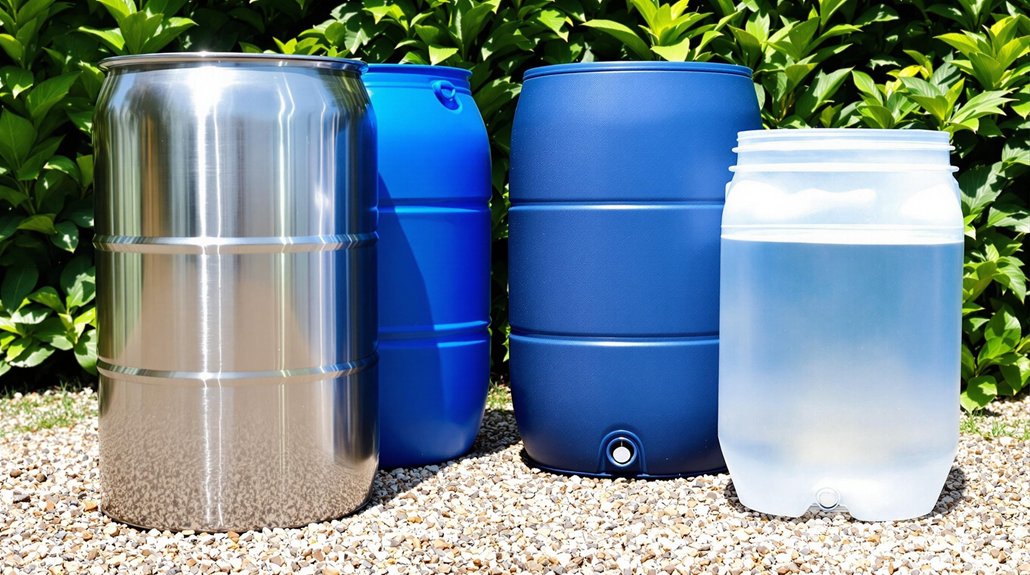
To ensure your water stays clean and your storage solution lasts, the material of the barrel matters. Not all barrels are created equal, and selecting the right type can make a big difference in safety and durability.
For most people, the best choice is a food-grade plastic barrel made from high-density polyethylene (HDPE #2). This material is strong, resistant to chemicals, and specifically designed for long-term water storage. Always look for BPA-free options to avoid harmful chemicals leaching into your water over time.
While metal barrels are available, they’re usually heavier, more expensive, and can be prone to rust or corrosion—making them less ideal for home use, especially if mobility is a concern.
No matter which material you choose, regular maintenance is key. Clean your barrels periodically with a mix of diluted bleach or mild dish soap and water to prevent bacteria, algae, or residue buildup.
Proper care will help extend the life of your barrels and keep your stored water safe and usable when it matters most. During a blackout, having sufficient water stored is essential for drinking, cooking, and hygiene needs.
Understanding Open-Top Vs Closed-Top Barrels
Choosing between open-top and closed-top barrels is vital for maintaining the quality of your stored water. Open-top barrels, featuring removable lids, allow easy access but heighten contamination risks from external pollutants.
In contrast, closed-top barrels offer better protection with their integrated tops and small openings, minimizing exposure to contaminants. When considering water quality and storage safety, it's important to weigh your options based on intended use and contamination risks:
- Open-top barrels: Easier access but increased risk from debris and pests.
- Closed-top barrels: Superior protection against external pollutants, ideal for long-term storage.
- Water quality impact: Choice affects general safety and contamination levels.
Ultimately, closed-top barrels are preferred for their structural rigidity and improved defense against contamination, ensuring safer storage.
Evaluating New Vs Used Barrels

When considering water storage solutions, weighing the pros and cons of new versus used barrels is crucial.
New barrels, typically costing around $65, are the go-to choice for ensuring water quality and safety. They’re free from residues and contamination risks, providing peace of mind for long-term storage.
On the other hand, used barrels might save you money upfront, as they’re often cheap or even free. However, they can pose serious health risks due to potential leftover chemicals or food residues that are tough to clean.
Don’t forget, you’ll need a bung wrench costing about $22 and a siphon pump between $20 and $30, adding to the expense.
Ultimately, new barrels offer a more reliable and safe option for your water storage needs.
Enhancing Mobility and Accessibility
How can you make handling your water storage barrels easier and more efficient? Improving mobility and accessibility is key.
Consider wheeled casters for your 55-gallon containers. They allow you to move heavy water barrels—over 458 lbs when full—with ease. Steel-framed casters can handle up to 1000 lbs, guaranteeing durability.
To improve accessibility, install output spouts at least a foot above the bottom. This setup makes it easier to fill gallon containers and manage water retrieval.
Also, dual output valves enhance usability by allowing efficient filling and draining.
- Use wheeled casters for easy movement
- Place output spouts for better access
- Incorporate dual output valves for efficiency
These improvements guarantee you handle your water barrels with minimal effort.
Maintaining and Treating Stored Water

Proper maintenance is essential to ensure your stored water remains safe, clean, and ready for use when you need it most. With a few simple steps, you can extend the lifespan of your water supply and prevent contamination.
1. Inspect Your Barrels Regularly
Check for cracks, leaks, or signs of wear, and make sure lids are tightly sealed. A loose or damaged lid can let in dust, debris, or pests.
2. Clean Periodically
Flush out your barrels every 6–12 months to remove any sludge or sediment buildup. Clean the interior using a mild bleach solution or dish soap, then rinse thoroughly before refilling.
3. Treat Stored Water (When Necessary)
If you're storing non-potable water, add 4–5 drops of unscented bleach per gallon to help prevent bacterial growth. For drinking water, this should only be done if you're unsure about its source or quality.
4. Fill to the Top
Reduce the risk of algae and bacteria by filling barrels as full as possible, minimizing air exposure inside the container.
5. Know Your Water Source
Municipal tap water is usually pre-treated and safe for storage. If you're using well water or collected rainwater, filter and treat it before storage to ensure safety.
6. Store in Ideal Conditions
Keep your water barrels in a cool, dark place, away from direct sunlight and temperature extremes. Heat and UV rays can degrade both the container and the water over time.
By following these steps, you’ll help ensure your stored water stays fresh, safe, and usable during an emergency. Regularly check supplies for expiration dates to ensure water quality is maintained over time. Properly drain and winterize them to maintain your drinking water quality and guarantee they're ready when needed.

